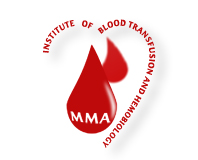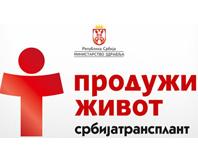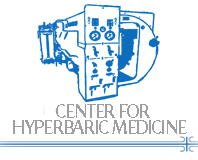
Minimally-Invasive Treatment of Osteoprosis-Related Vertebral Compression Fractures
19. 08. 2010
Belgrade, August 19, 2010. – The expert team from the MMA’s Neurosurgery Clinic successfully apply percutaneous verebral body stent kyphoplasty method. It is the newest minimally-invasive surgical procedure for the treatment of the vertebral compression fractures, which is predominantly applied in patients with osteoporosis, but can be used in a number of patients with metastatic tumor in the vertebral column.
The Military Medical Academy is the only institution in our country which applies this technique, and our neurosurgeons have introduced it into a routine clinical practice soon after it started to be used in the most developed world’s neurosurgical centers.
’’Contrary to the conservative surgical approach through a skin incision, this method involves the percutaneous injection of a hollow needle into a collapsed vertebral body, and, as a firts step, insertion of a special balloon catheter to correct the verebral deformity and considerably restore the naural height of the fractured vertebra. Then, as the last step, an adequate stent is placed to ensure the realigned position of the fractured vertebral body is kept until a space inside the bone is filled with a special bone cement to permanently fix the fracture and restore the strength and stiffness of the vertebral column. The kyphoplasty concept differs from the vertebroplasty in the fact that kyphoplasty is designed to fix not only vertebral fracture but restore the natural height in collapsed vertebral body, i.e. correct the spinal deformity, thus preventing the occurence of the forward curvature of the spine resulting in a slouched posture’’ expalined LtCol. Milenko Savić in his statement for the MMA’s site. A slouched posture due to vertebral fractures from osteoporosis creates a medical concern much greater then it was conceived before, because, apart from unstable movement, it results in reduced vital lung capacity and work load for heart, what, in the long run, may shorten the patient’s life. ‘’ That’s why it is crucial not only to manage the fracture but to correct the whole vertebral column’’, said LtCol. Savić.
The Military Medical Academy is the only institution in our country which applies this technique, and our neurosurgeons have introduced it into a routine clinical practice soon after it started to be used in the most developed world’s neurosurgical centers.
’’Contrary to the conservative surgical approach through a skin incision, this method involves the percutaneous injection of a hollow needle into a collapsed vertebral body, and, as a firts step, insertion of a special balloon catheter to correct the verebral deformity and considerably restore the naural height of the fractured vertebra. Then, as the last step, an adequate stent is placed to ensure the realigned position of the fractured vertebral body is kept until a space inside the bone is filled with a special bone cement to permanently fix the fracture and restore the strength and stiffness of the vertebral column. The kyphoplasty concept differs from the vertebroplasty in the fact that kyphoplasty is designed to fix not only vertebral fracture but restore the natural height in collapsed vertebral body, i.e. correct the spinal deformity, thus preventing the occurence of the forward curvature of the spine resulting in a slouched posture’’ expalined LtCol. Milenko Savić in his statement for the MMA’s site. A slouched posture due to vertebral fractures from osteoporosis creates a medical concern much greater then it was conceived before, because, apart from unstable movement, it results in reduced vital lung capacity and work load for heart, what, in the long run, may shorten the patient’s life. ‘’ That’s why it is crucial not only to manage the fracture but to correct the whole vertebral column’’, said LtCol. Savić.
He pointed out that that intervention could be performed under local anesthesia if required due to eventual complications associated with the method. In cases of unilateral fractures, the procedure takes about 45 minutes and as such is applied to patients of any age. Patients can regain their movability only couple of hours after the intervention, whilst inpatient treatment requires maximum of 24 h.
















